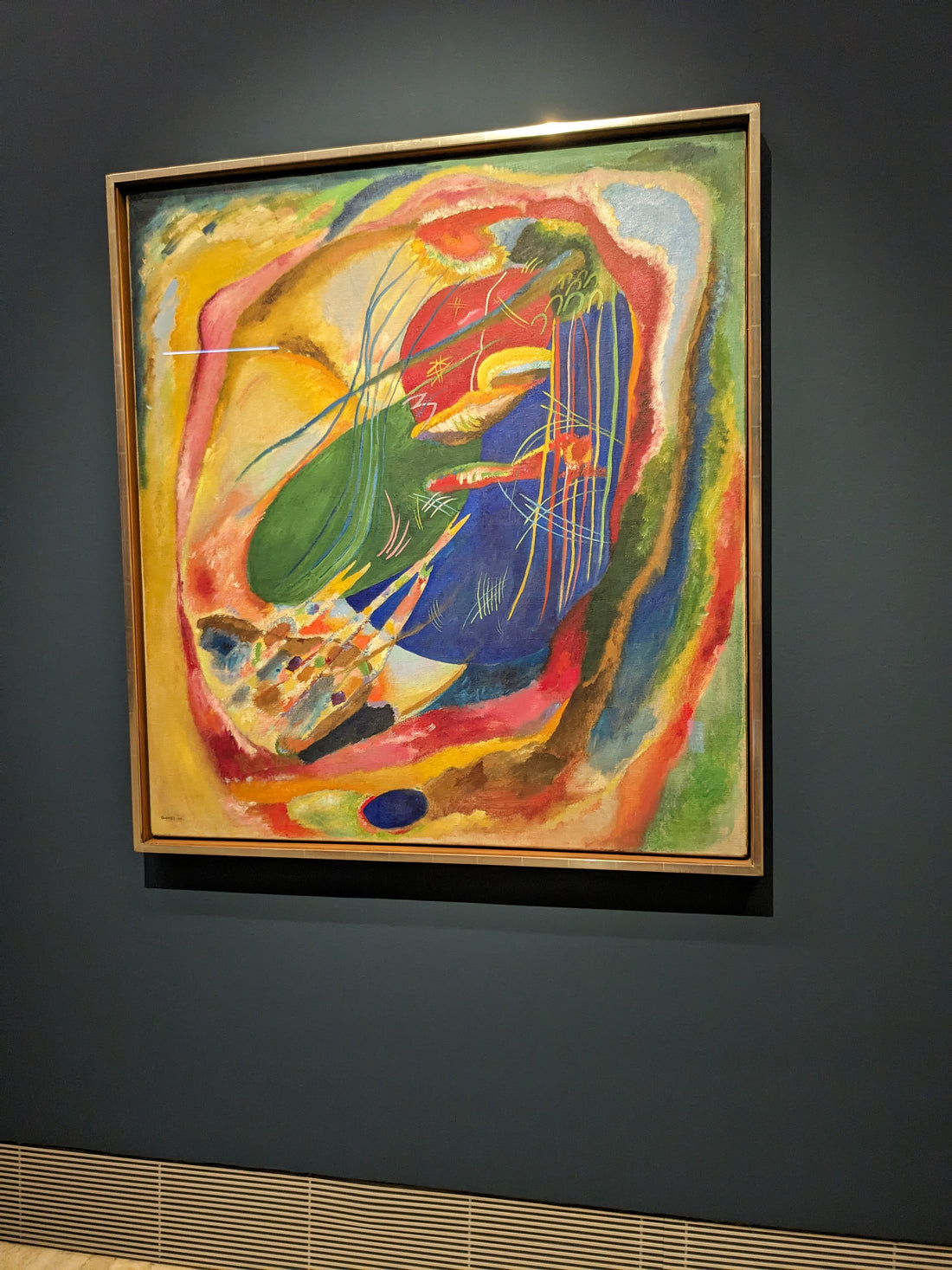
Art and Architecture: One Hundred Years of Bauhaus
Share
Art and architecture are often intertwined in a creative dialogue that reflects the evolution of society and culture over time. One of the most influential and iconic movements of the 20th century that shaped this relationship was Bauhaus.
Born in Germany in 1919, Bauhaus was much more than a mere school of design and architecture. It was a bold vision of a future where art and architecture merge in perfect synergy, emphasizing functionality and aesthetics. Founders such as Walter Gropius, Hannes Meyer, and Ludwig Mies van der Rohe saw art as a driving force for social transformation.
What makes Bauhaus so extraordinary is the multidisciplinary approach it promoted. In addition to architecture, Bauhaus embraced painting, sculpture, photography, craftsmanship, and furniture design. This fusion of arts led to the creation of complete works of art, where the building itself was a livable masterpiece.
In architecture, Bauhaus embraced the principle of functionality. Forms were to be guided by function, and beauty was to emerge from simplicity and rationality. This approach led to the creation of iconic buildings like the Bauhaus School in Dessau, designed by Walter Gropius, with its transparent structure and innovative use of glass.
Beyond architecture, Bauhaus produced many design icons in the field of furniture and objects. Works like Marcel Breuer's Wassily Chair, characterized by chromed steel tubes and leather, Marcel Breuer's Laccio Table with its clean lines and innovative materials, or objects by Charles and Ray Eames with their geometric shapes and vibrant colors have become symbols of Bauhaus and modern design.
Despite being closed by the Nazis in 1933, Bauhaus has left an indelible mark on art and architecture. Its ideas have influenced generations of designers and architects worldwide. Today, we can see Bauhaus's legacy in many contemporary works, from minimalist structures to functional interiors and essential style.
Today, more than a hundred years after the birth of Bauhaus, we continue to reflect on how this radical school changed our perception of art and architecture. A century after its foundation, Bauhaus still inspires and challenges conventions, demonstrating that art and architecture can be powerful tools to transform the world around us and will continue to influence creatives and innovators worldwide as we look to the future of art and architecture in the next century